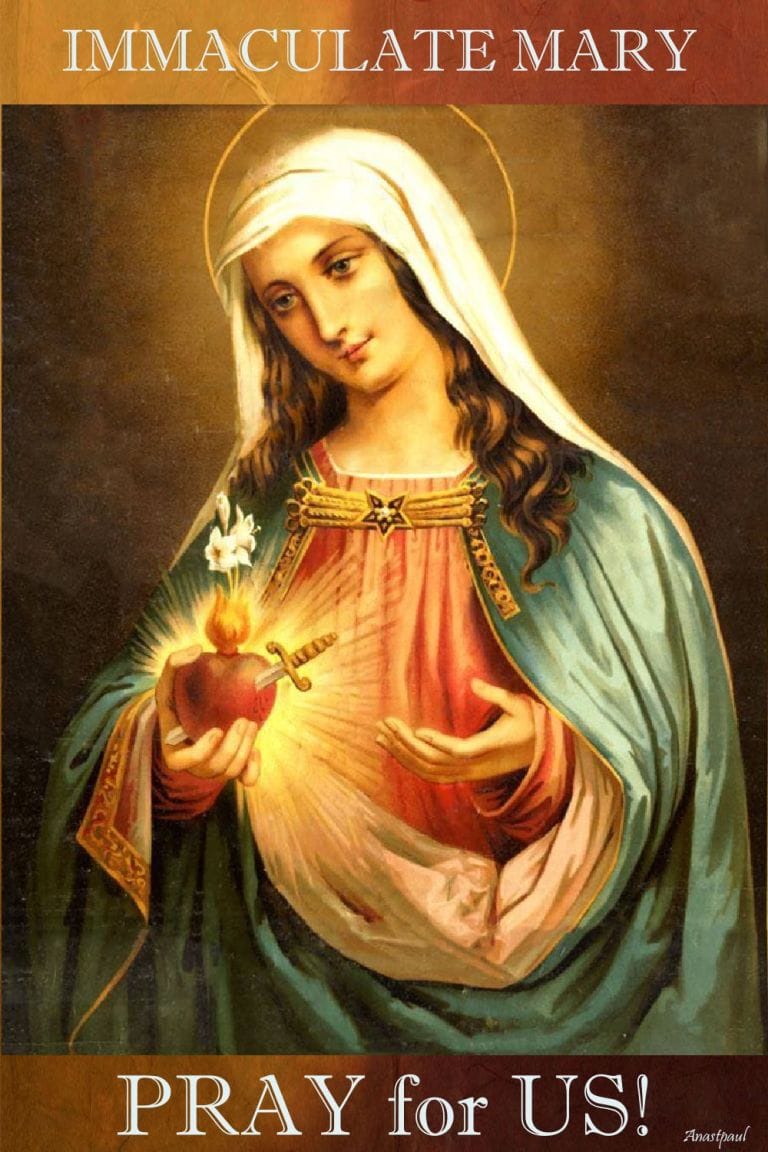“It was through the body of a young, Jewish girl, living in a tiny village called Nazareth, that Jesus, the divine Word, was made flesh. Mary belonged to that part of the people of Israel, who awaited the Lord’s coming with expectation and longing. She had no doubt read about His coming in the Old Testament Scriptures and prayed for it. But she had no idea how it would come about. Most Israelites thought the Messiah would manifest Himself gloriously.
When the Archangel Gabriel announced to Mary that she was to be the “door’ through which the long-awaited desire of the nations would be fulfilled, she must have been astonished: “Hail, O favored one, the Lord is with you! … You will conceive in your womb and bear a son, and you shall call His name Jesus” (Lk 1.28-31). A new life – filled with risks – opened before her. According to the Church’s tradition, Mary, in an exceptional gesture for a Jewish woman, had decided “not to know man” (Lk 1.34). She had discerned virginity to be God’s will. Her Immaculate Heart – the Feast we keep this day – prompted a total giving of herself to God and included the gift of both her body and her heart. Reassuring her that God had not disdained her vow, Gabriel told Mary that, like the glory of God coming upon the ark, so would the Spirit overshadow her. The young “handmaid of the Lord” contemplated Angel’s words. She treasured them in her heart. Her response, known as her fiat – “let it be done to me as you say” (Lk 1.38) – shows that she entrusted herself fully to God’s designs. She chose to forgo her own plans for God. Through her fiat, the Word of God took flesh in the tabernacle of her womb…..

Domi Dasan

